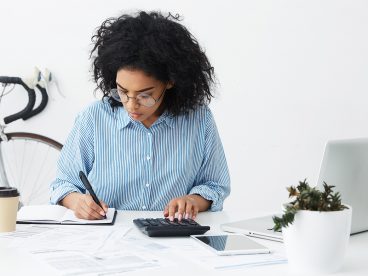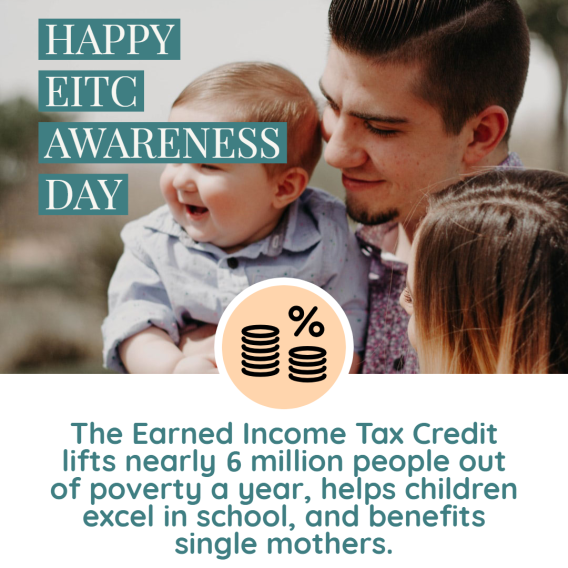Your efforts to help people get Economic Impact Payments (EIP) are essential. Many people will need help to understand their eligibility and to file a tax return. Unfortunately, most typical places for help aren’t open due to physical distancing requirements. Additionally, the IRS has limited capacity to answer phone calls. The questions in this guide will help you to connect people to the support they need to get their payments.
The tax filing deadline is May 17, 2021. (People who miss this deadline and do not owe taxes can continue to file a 2020 tax return without penalty through October 15, 2021.)
View the 2021 EIP outreach toolkit here.
View 2020 EIP outreach resources here: Stimulus Payment Outreach Resources
These are the key steps when building an outreach plan:
- Connect to partners and help in your area. People will need support with filing taxes and troubleshooting in tricky situations. Lack of access to this support will be a critical barrier for many people.
- Direct people to other resources. You don’t need to be an expert on the EIP to do outreach. There are materials and templates you can use (linked below) that can expand your capacity.
- Figure out your role and what you can offer. Do you and your organization have capacity to assist, refer, or notify?
Here are some resources to learn more about the different payments:
- A Guide to Economic Impact Payments for Advocates
- What to Know About the Third Stimulus Checks
- What to Know About the Second Stimulus Checks
Before getting started with your outreach efforts, there are some questions you need to answer. Since there isn’t one place where you can find this information, plan to pick up the phone to make some calls.
1. What help is available locally?
You can direct people to different resources depending on their access and familiarity with technology. For those who are comfortable with technology, MyFreeTaxes.com and IRS Free File are options to file a tax return for free online. For those who need support, find out where you can direct people for local help. Start by contacting your local United Way and Community Action Agency. You can also call your area 211.
There are 3 places to check first for free tax help:
- VITA – Volunteer Income Tax Assistance (VITA) sites offer free, high quality tax preparation from IRS-certified volunteers. VITA sites help filers earning less than about $56,000 (some sites have different income guidelines). Due to the COVID-19 outbreak, many VITA sites are currently closed. Some sites are offering virtual services. Look up VITA sites in your area and call to ask about the help they provide.
- Low Income Taxpayer Clinics (LITCs) – LITCs are programs at law schools, accounting schools, or legal services offices that provide assistance and legal representation to lower-income taxpayers who are in disputes with the IRS. Some LITCs are nonprofit organizations which provide community tax education programs to reach residents whose primary language is one other than English. Generally, LITCs do not offer free tax help. Due to the COVID-19 pandemic, some LITCs are helping people to file 2020 tax returns. Identify the LITCs that serve your area using this map and call to confirm that they can file tax returns.
- GetYourRefund.org – Code for America’s GetYourRefund.org service provides free, virtual tax preparation through the support of VITA volunteers. This service is available through October 15, 2021.
Here is a set of questions that can help guide conversations to learn about outreach activities and who is offering free tax help:
Organizations:
- What are you doing to help people get Economic Impact Payments?
- What are local sources for free tax filing help?
Tax preparation:
- What free remote tax filing services do you offer, if any?
- What free in-person tax filing services do you offer?
- Are there any eligibility requirements to use your free tax preparation services?
- How do people make an appointment?
- What is the phone number people can call for questions?
- What are your hours of operation?
- Is there anything else people need to know before contacting you?
- Is the information you’ve shared available on a website?
- What is your name?
Additionally, contact financial institutions to learn local options to support people to receive their payments.
Paper checks:
- Are there banks or credit unions that offer free check cashing?
- What are their hours of operation?
Direct deposit:
- Are there local financial institutions that can help people open an account remotely? Use this list as a starting place to identify accounts that meet national standards for affordability and coalitions that work to connect people to bank accounts.
2. Are there local outreach materials being used?
As you learn about any existing outreach efforts underway, ask about what outreach materials are being used. The Get It Back Campaign has created resources for national use. Many of these resources can be customized to include local information.
If local materials exist, use those instead or in conjunction. This will help with consistency and allow you to share the most local and relevant sources for help.
3. What is your outreach role?
Once you determine what local resources are available to help non-filers, it’s time to determine your outreach role. There are three ways that you can engage this effort.
- Assist – As an assistor, you will help people assess eligibility and assist them to file a tax return through GetYourRefund.org or MyFreeTaxes.com by asking them the questions.
- Refer – As a referrer, you will directly connect people to local free tax assistance and help them set up an appointment, if needed.
- Notify – As a notifier, you will share information about the payments, how to get them, and any places offering local help.







